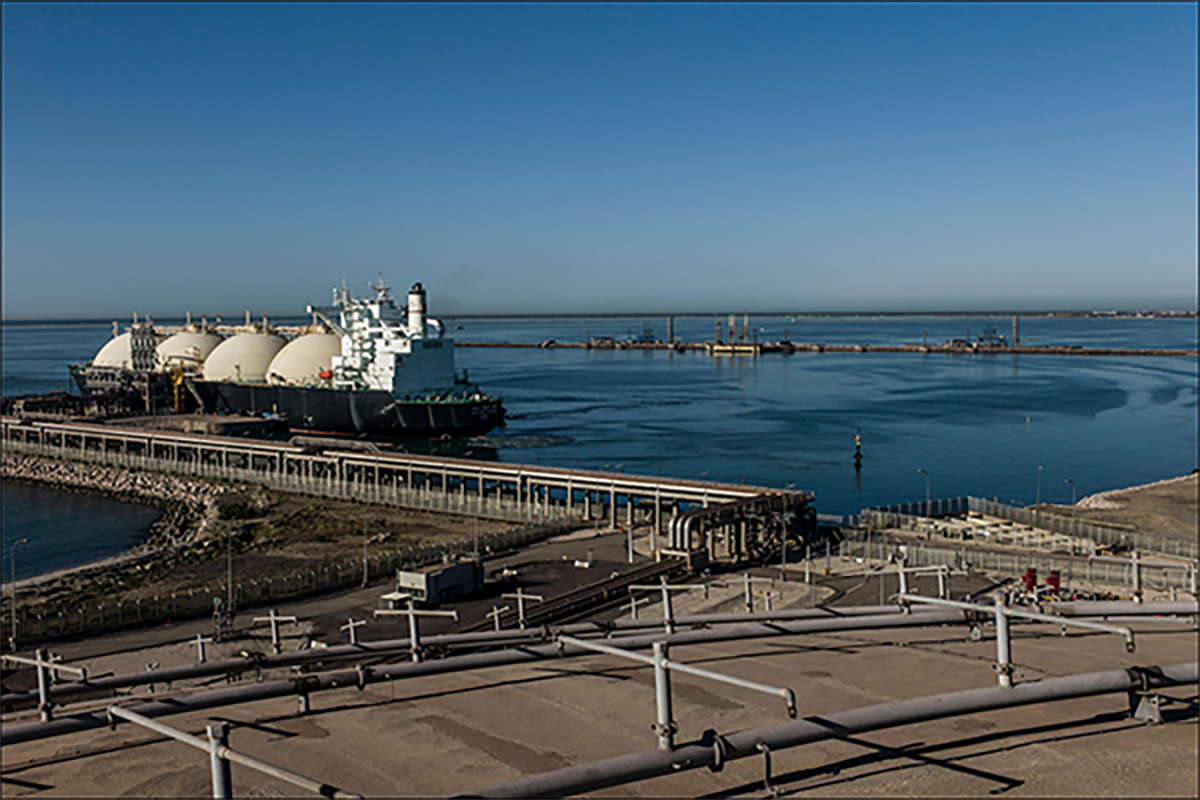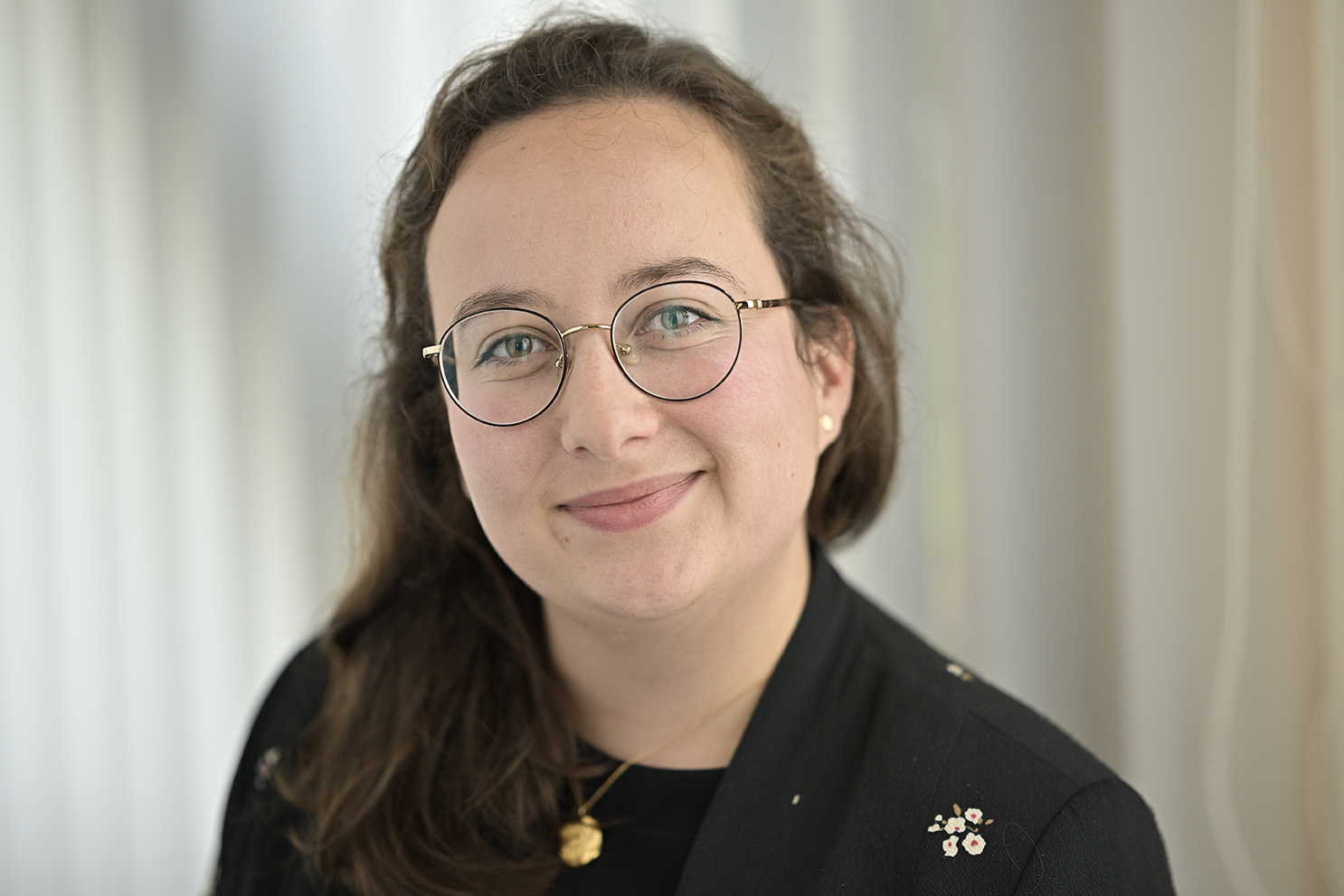


To control risks, it is important to be able to measure and model them.
Svanehøj has been a partner for several years. They are specialising in metrology instrumentation for infrastructures containing and transporting liquefied gases and oils. As part of this partnership, we are supplying Svanehøj with a thermodynamic model for predicting the behaviour of LNG (Liquefied Natural Gas) in storage facilities. This model, combined with the sensors produced by Svanehøj, is now being used to instrument several of the world's onshore terminals, i.e., liquefaction plants and regasification terminals.
Over the past few years, offshore terminals have been experiencing a boom, accelerated by the war in Ukraine. A number of projects are underway, particularly in Europe. As their names suggest, these are floating terminals, which can be Floating Storage Regasification Units (FSRUs) or Floating Liquefaction Natural Gas (FLNG) units.
Yes, these risks exist and are well known for LNG terminals and liquefaction plants.
Stratification refers to having 2 layers of LNG in the same tank that do not mix, due to a difference in composition and density. This happens after new LNG has been loaded into a tank that already contains a heel of LNG. This difference is due to the fact that the composition of LNG depends on where it is extracted. In other words, the composition of Indonesian LNG is not the same as that of Algerian LNG, and so on. Those differences will lead to the creation of distinct layers in the storage tanks.
The rollover is when the 2 layers of LNG suddenly mix. Over time, the 2 stratified layers change, particularly their densities. The top layer ages: the heat entering the tank causes the nitrogen and methane to evaporate, and its density increases. The layer of LNG underneath, which cannot age, will gradually heat up, store a lot of energy and its density will slightly decrease. It is at this point that the 2 densities are equalised and the 2 layers are mixed, known as the rollover. The lower layer will release all its energy at once in the form of gas, known as Boil-off-gas (BOG). This can increase the pressure in the storage and lead to CO2 and/or methane emissions.
Yes, there have been rollover accidents in the past, and this risk is well known in onshore facilities. One of the best known occurred in Italy in 1971 at the La Spezia terminal, where there was structural damage and significant evaporation.
There have been no serious accidents involving ships or offshore terminals to date. The phenomenon is well known, and an inventory was made of stratification events. If there is stratification, there will be a rollover, which may not be dramatic, but the risk exists. And to control risks, it is important to be able to measure and model them.
The purpose of our partnership with Svanehøj is to suggest a solution based on our two areas of expertise. The LTD (Level Temperature Density) instruments produced by Svanehøj can be used to detect stratification in a storage facility. To put it simply, LTDs are sensors that measure the level of LNG and provide a temperature and density profile in a storage facility. In addition, we supply software to simulate the evolution of stratification towards rollover. Sensors detect stratification and we simulate what happens between stratification and rollover. We are able to say when the rollover will take place and what the consequences will be, what we call the BOG (boil off gas) peak, the quantity of gas generated.
Once stratification has been detected, rollover can be avoided or its impact reduced. What is usually done is to empty the storage unit very quickly, so for example at a regasification terminal, send out the LNG to regasification to inject it into the network. The two layers can also be separated by sending the lower layer to another tank. But this is not always feasible, either because there is no need to inject gas into the network, or because there is no space in the storage facilities. We can also do what we call recirculation, transferring the layer from the bottom to the top, mixing them artificially. These are things that lead to operational constraints.
This is where our LNGMASTER software comes in, enabling us to model these recirculation or send-out stages (injection into the network) and thus optimise them. In fact, the model used by Svanehøj comes from LNGMASTER, and is a small part of our software model.
A large number of LTDs with our model are installed at onshore terminals. As part of our partnership with them, Svanehøj supplies the LTDs.
As a result of the war in Ukraine, several new offshore terminal projects were built, instrumented and equipped in a different way to onshore terminals.
Offshore terminals are usually designed by engineers specialising in ships, such as LNG carriers, who do not have the same reflexes, particularly when it comes to thinking about the risk of rollover. So they don't instrument with LTDs or with our model. But the risk is there, and that's why Svanehøj and we are pushing for greater awareness of the danger of rollovers in offshore terminals.
We know the subject well and, to back up our position, we carried out a study on the subject in 2023 in which we compared the main characteristics of an onshore terminal and a floating terminal, and highlighted the differences that can affect the rollover phenomenon. The aim was to estimate whether these differences tend to speed up the rollover, make it deeper, or vice versa.
The conclusion of the study is that the risk of rollover also exists for offshore terminals, that you need to take it into consideration, and that the consequences can be just as serious, if not more so.
Our common objective is to get the message across, which for the moment is not being received by everyone in the world of offshore LNG storage: the phenomenon of rollover also exists.
We want to raise awareness of the issue, arouse interest and be able to talk to potential users. The risk exists on offshore terminals in the same way as on onshore terminals, and there is nothing to suggest that it is not a problem.
After her MSc's in Energy Process Engineering at ENSIC and Polytechnique Montreal, drawn to the energy sector and motivated by the desire to make her contribution to the energy change underway, Audrey joined Lab Crigen in 2019 and very quickly worked as Project Director, then Deputy Director of the Liquefaction Lab.